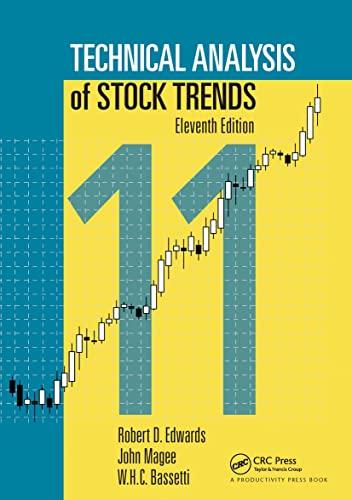Question
A large real estate holding company enters into an agreement with a lender to issue two ABS (Asset-backed Securitisation) deal by securitizing the commercial mortgage
A large real estate holding company enters into an agreement with a lender to issue two ABS (Asset-backed Securitisation) deal by securitizing the commercial mortgage loans it holds. The deal consists of four credit-tranches one senior (AAA), two mezzanine (AA and BBB), and one non-rated tranches as shown below. AAA 85%
AA 8%
BBB 5%
Non-rated 2% (a) During the first two years from issuance, the actual Marginal Mortality Rate (MMR) from ABS turned out to be 2% (of the unpaid mortgage balance or UPB) in year 1 and 4% in year 2, respectively. i) What is the Cumulative Mortality Rate (CMR) during the first two years (i.e., the probability of the loans in the pool to default in any of the two years)? (5 marks) ii) At the end of year 2, how much investment does a buyer of BBB tranch of ABS 1 end up losing? (5 marks) (b) During the global financial crisis (GFC), there was a large-scale downgrading of the subprime mortgage backed ABS of the above structure. State and elaborate two main underlying reasons behind this historical credit event. (10 marks)
Step by Step Solution
There are 3 Steps involved in it
Step: 1

Get Instant Access to Expert-Tailored Solutions
See step-by-step solutions with expert insights and AI powered tools for academic success
Step: 2

Step: 3

Ace Your Homework with AI
Get the answers you need in no time with our AI-driven, step-by-step assistance
Get Started


